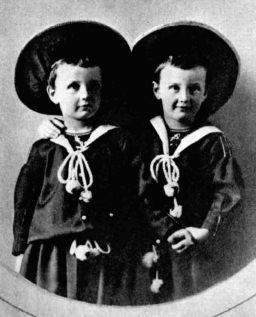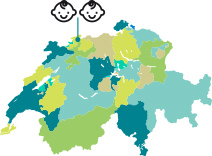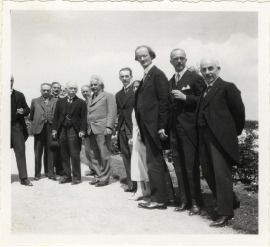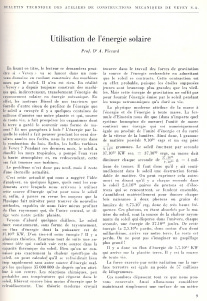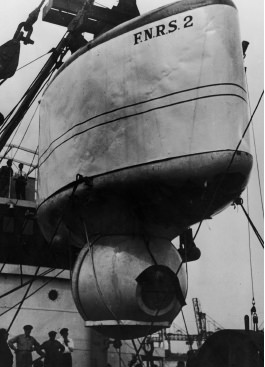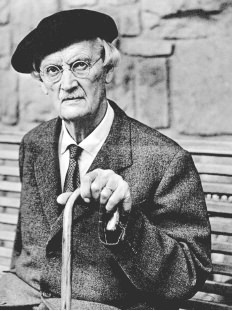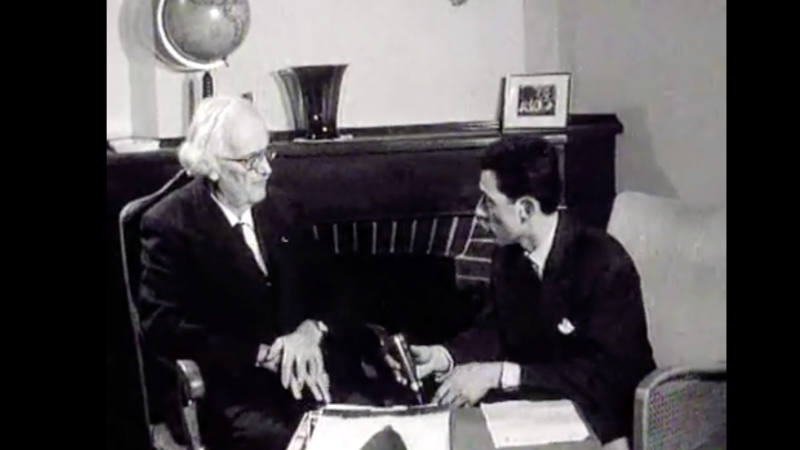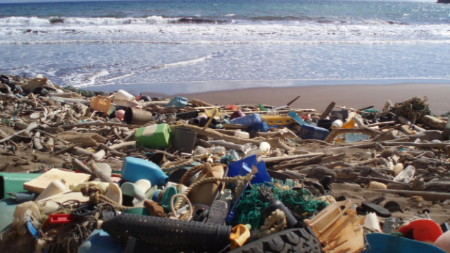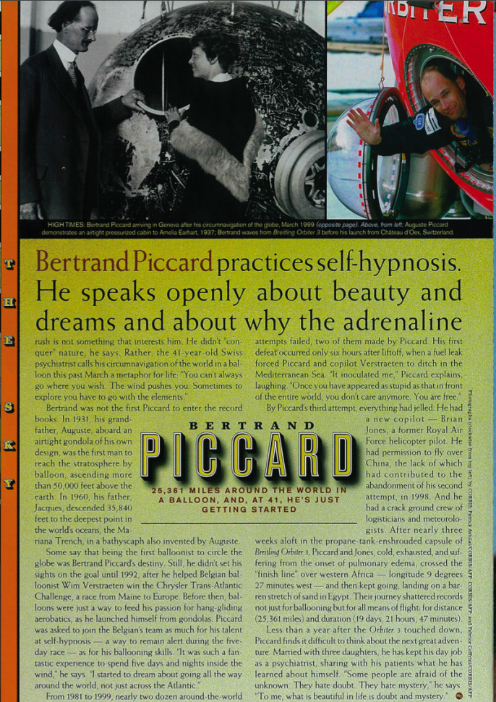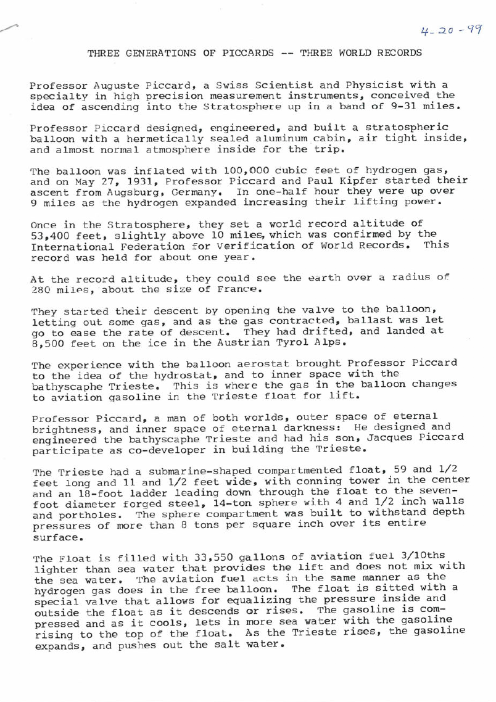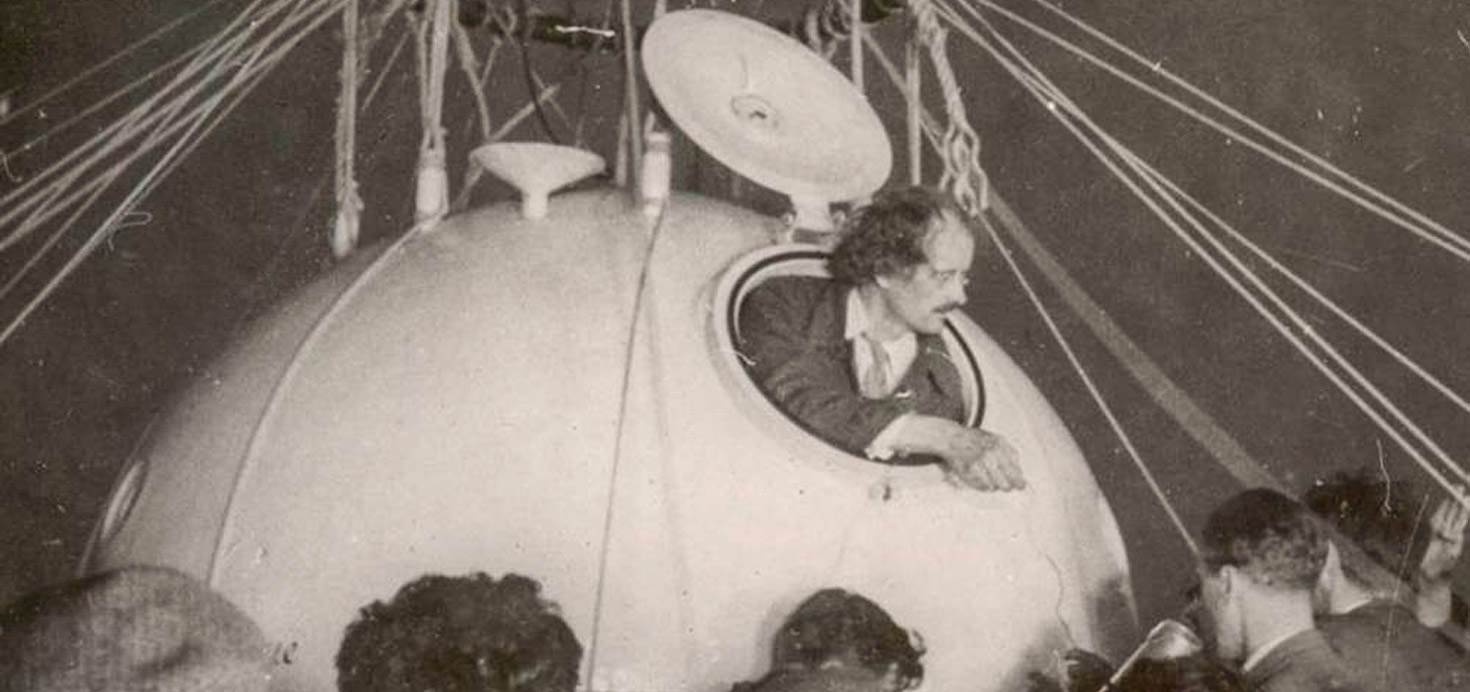
Explorer of the stratosphere, the first man to witness the curvature of the earth, he paved the way for modern aviation.
Best known for his exploits in the stratosphere and the ocean depths - incredible for that time - Auguste Piccard was above all a physicist of genius. He tested all his inventions himself: the pressurized capsule and the stratospheric balloon, which opened the door to modern aviation; the bathyscaphe, which settled on the ocean floor at the bottom of the Marianas Trench ; not to mention the most accurate scales and seismographs of the time. A friend of Albert Einstein and Marie Curie, he was a true Renaissance man who discovered Uranium 235, and was ahead of his time with his enthusiastic involvement in nature conservation. It is no wonder that Hergé used him as the model for Professor Calculus in the Tintin series.
« Exploration is the sport of scientists. »
1884
-
The twins grew up in an environment conducive to science. Their father, Jules, was professor of chemistry at the University of Basel and they inherited his mindset, curious about everything and alert to technological progress. For the anecdote, it was Jules who first installed a telephone in Switzerland, in his house and in his laboratory, His colleagues commented: "Quite amusing, but it has no future!"

-
Invention of the principle of the Bathyscaphe and first technical drawings
-
1917
As Professor of Physics at the Federal Technical University in Zürich, he discovered Uranium 235, which he called Actinuran.
-
1926
Having created the chair of Physics at the Free University of Brussels, he proved the validity of Einstein’s theory of relativity at a time when this was under challenge, by carrying out Michelson-Morley’s experiment in an experimental balloon at an altitude of 4,500 meters.
1931
Exploration, the sport of scientists
Validating his invention of the pressurized cabin.
Opening the way to the conquest of space.
-
1st ascent into the stratosphere by Auguste Piccard (15,781 meters) in the pressurized capsule he had invented
For the first time, a human being entered the stratosphere, demonstrating that it was possible to survive for a long time above the 5,000-meter level, until then considered an impassable barrier.
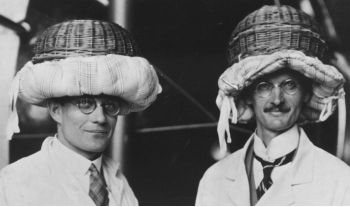


1932
-
2nd ascent into the stratosphere: Auguste reaches 16,201 meters
He is now among those whose inventions have changed the face of the world. The way is open for modern aviation, destined to transport millions of passengers quickly at high altitudes, where low air density means much less fuel is consumed.
« It will be a great day for me when other stratospheric balloonists come along and exceed the altitudes I reached. My aim is not to beat records, and still less to retain them, but to open up a new zone for scientific research and air navigation...»
-
1942
« The naturalist of physics », Auguste was a great lover and close observer of nature, which he found inspiring. He did pioneering work by publishing an article in which he called for recourse to solar energy and heat pumps.
-
1948
The 1st dive of his Bathyscaphe, the FNRS 2, off Dakar with Théodore Monod was a success. However, the buoyancy float was damaged during a 2nd dive, resulting in failure because of rough sea conditions. “The fundamental error that led to an unfortunate failure of an undertaking based on a brilliant idea was fundamental ignorance of the realities of seafaring,” wrote Théodore Monod later in Plongées Profondes (Deep Dives). Auguste was by no means a sailor …
-
But there was an ever-inventive spirit behind those glasses with double lenses that he designed himself, and Auguste was not one to give up. His son, Jacques, came along in support to help his father realize his projects. A genuine collaboration was established with synergy between the two men for the design and manufacture of their machines...
1953
Exploring the ocean depths
Taking his laboratory to the depths under investigation
-
1st record-breaking dive of a new bathyscaphe, the Trieste, built in Italy: Auguste and Jacques dive down together to 3,150 meters, a depth that was inconceivable at that time. For this bathyscaphe, Auguste used the same principles - the pressurized cabin and buoyancy - that he had used thirty years earlier for his flights into the stratosphere.
« There was something both heart-warming and a bit worrying to see these two men have the “effrontery” to own, develop, and operate, all by themselves, an amazing underwater vessel that had already dived 30 times deeper than normal submarines! Generally, major projects like this are the business of navies and governments operating on the grand scale, with access to virtually unlimited resources, and with armies of officials, technicians, and even electronic brains to help them. »
Robert Dietz
The explorer twins
Heroes of the popular imagination
-
Jean: Captain Jean-Luc Picard, in Star Trek
In 1934, having emigrated to the United States, twin brother Jean, who was a professor of chemistry, carried out an ascent into the stratosphere with his wife Jeannette. The writer Gene Roddenberry paid homage to him by giving one of the main characters in this American science fiction series the name “Jean-Luc Picard”.
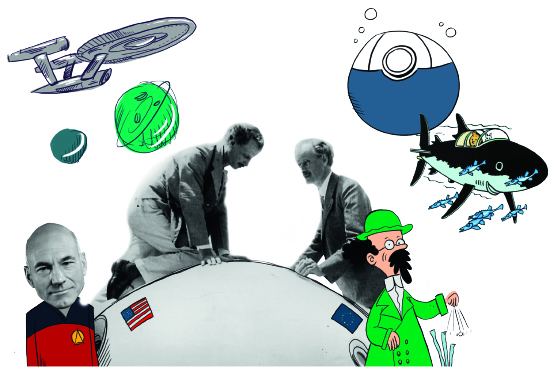
-
Auguste: Professor Calculus in Tintin
The stratospheric balloon and the bathyscaphe made his name in history, but Belgian cartoonist Hergé turned him into a legend, in the guise of the archetypal brainbox “Professor Calculus”. The physical resemblance is striking except that he is not so tall. Hergé said: "I made Calculus a mini-Piccard, just to fit him into the cartoon frames! »
-
1962
25 March, died in Lausanne aged 78.
« The question for today is not so much knowing whether humans can reach out still further and populate other planets; it’s rather to find out how best to organize ourselves so as to make life on Earth more and more worth living »

Anecdotes on FNRS balloon
This content was developed by and Is the property of the Musée du Léman, all rights reserved.

A Tribute
The Belgian National Scientific Research Fund (FRNS), founded on the initiative of King Albert I, financed the construction of this balloon. In recognition, Auguste Piccard named his balloon FNRS.
Flight N° 13!
At an altitude of 16,000 m in the stratosphere, the air pressure is only one tenth of what it is at sea level and the temperature is -60 ° C! Man can only survive inside a sealed cabin. The first flight in the stratosphere was Auguste Piccard’s 13th balloon ascent... but he laughed off superstitions about the number 13, quoting his friend Einstein: «God does not play dice! »
Protective headgear compulsory!
The German authorities tried to ban the ascent. Since Piccard was Swiss and a member of the Aero-Club of Bern, he obtained an authorization from Switzerland. Then, at the last minute, the Germans insisted that helmets be worn. Madame Piccard cobbled two together using available materials - baskets and cushions. Auguste Piccard and his teammate Paul Kipfer then obtained the necessary authorizations! In flight, the cushions served… as cushions, and the baskets as storage bins.
No water left on board!
The watertight cabin was painted white one side, black the other. This was supposed to help maintain a pleasant temperature in the cabin, day and night. Unfortunately, the motor fitted to turn the correct side around into the sun was damaged on take-off. The explorers went from sub-zero to +40 ° c! In this heat, water quickly ran out on board. They collected condensation on the cabin walls to have a little something to drink ...
Because of a valve problem, the balloon was longer than expected returning to Earth. The press announced the demise of this daring duo who had dared to examine the sky close up …
Discovery on the Gurgl Glacier
This cabin door handle from the FRNS had been lost in 1931 just after landing ... and was rediscovered by chance in 1990 by an Austrian mountaineer. It was offered as a gift to Bertrand Piccard, who had also become a balloonist, in tribute to his grandfather.
Records are to be beaten
Interviewed about the risk that his records might be beaten, Piccard responded: «It will be a great day for me when other stratospheric balloonists come along and exceed the altitudes I reached. My aim is not to beat records, still less to retain them, but to open up a new zone for scientific research and air navigation … »
Questions on the FNRS balloon put to Prof. Auguste Piccard and to Prof. Jacques Piccard
Prof. Auguste Piccard
Have you done any studies on radioactivity?
Why did you go up into the stratosphere?
What do the letters FNRS mean?
How did the 1st flight into the stratosphere go?
What were the practical consequences of your flights in the stratosphere?
Prof. Jacques Piccard
Were you anxious for your father?
How was your father dressed for his expeditions?
This content was developed by and Is the property of the Musée du Léman, all rights reserved.



